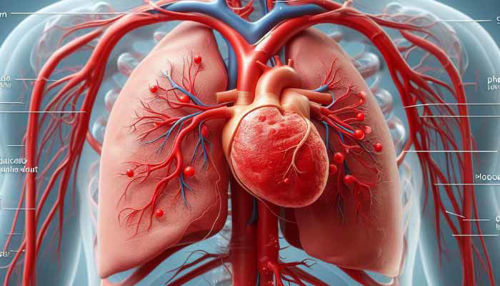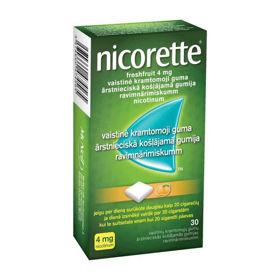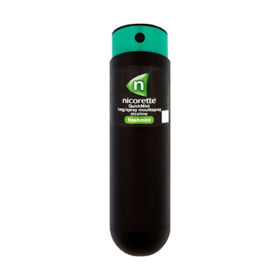The group of amphetamines includes amphetamine, methamphetamine ("speed") and methylenedioxymethamphetamine (MDMA, Ecstasy or Adam). People abuse amphetamines chronically or use them occasionally. Dependence on these substances is mental and physical.
Amphetamine (spid) - drug abuse: General | Symptoms | Treatment | Questions and Answers | Sources/references
More than twenty years ago, only people who took them as a means of losing weight could become addicted to amphetamines. Today, they are no longer used in medicine, which means that users must obtain them just like other illicit drugs.
Methamphetamine is the most common abuser among them in the US. The abuse of MDMA, which has spread greatly in Europe in the last few years, has now also reached America.
Image: Addiction to these substances is mental and physical.
.jpg)
Usually this drug is consumed on special dance floors for raves. MDMA affects the reuptake of serotonin (one of the transmitters of nerve impulses) in the brain and thus poisons the central nervous system.
Symptoms
Amphetamines increase attention (reduce fatigue), increase concentration, reduce appetite and increase physical performance. They also cause false feelings of well-being and euphoria.
Amphetamines like to be abused by people who are depressed because they improve their mood. They also improve physical performance temporarily and to a certain extent, so despite the ban they can be used for doping. During a match in progress, you can e.g. tenths of a second separate the winner from the runner-up; it is amphetamines that can provide the winning margin. Amphetamines can also help truck drivers who drive long distances to stay awake.
Video content: Why college students should think twice before taking amphetamines.

Amphetamines therefore stimulate the functioning of the brain, which is why they are also called stimulants. In addition, they also raise blood pressure and speed up the heartbeat. Deaths due to cardiac arrest have been described in perfectly healthy, young athletes who took amphetamine before competition. Blood pressure can become so high that a blood vessel in the brain bursts, causing a stroke, which can result in paralysis or death. Deaths usually occur either after consumption
MDMA in warm, poorly ventilated areas, or when the user of the drug is very physically active (e.g. fast dancing) or sweats profusely and does not drink enough fluids to replace what is lost. People who occasionally take amphetamine several times a day develop a tolerance to it very quickly. Then they can tolerate such an amount of amphetamine that exceeds several hundred times the amount they consumed the first time.
At such doses, almost all amphetamine users become psychotic, as amphetamines can cause severe anxiety, paranoia, and a distorted sense of reality. Among psychotic reactions, the most common are visual and auditory hallucinations (when a person sees and hears things that do not exist) and feelings of omnipotence. Although anyone can have a psychotic reaction to amphetamines, such reactions are more common in people with psychiatric disorders such as schizophrenia.
Treatment
If amphetamine use is stopped suddenly, symptoms may appear that are the exact opposite of its effects. Thus, the user becomes tired or sleepy, which can last from 2 to 3 days after stopping taking the drug; and some are tormented by severe anxiety and restlessness.
Figure: Chronic use of amphetamines is associated with multi-organ toxicity.
.jpg)
If amphetamine users were depressed before starting, they will become more depressed after stopping. They are tormented by suicidal thoughts, but fortunately, in the first days after stopping the use of amphetamines, they lack the energy to actually attempt suicide. Therefore, chronic amphetamine users should be treated in a hospital during an abstinence crisis.
A patient who experiences delusions and hallucinations may receive an antipsychotic medication, e.g. chlorpromazine, which calms it down. It should be noted that antipsychotic medication can significantly lower blood pressure. A soothing environment and encouragement can help to successfully overcome an abstinence crisis, provided by the patient's relatives.
Questions and answers
How do we know we are addicted to amphetamines?
There are several ways to recognize amphetamine abuse, including physical and mental symptoms and changes in behavior:
- increased heart rate and blood pressure
- reduced appetite and weight loss
- insomnia
- digestive disorders
- mood swings
- aggressiveness
- paranoia and anxiety
- visual, auditory or tactile hallucinations
- inability to keep up with work, school or home obligations
- spend a lot of time looking for or using the drug
- changes and problems in relationships
- loss of interest in activities
Video content: 5 key differences between amphetamine and methamphetamine.

In the case of methamphetamine, dental problems, skin sores and severe weight loss are also very visible signs of drug abuse. The destructive properties of these drugs cause people who abuse them to feel depressed and even suicidal when they are off the drug. As a result, the craving to continue using the drug can be very strong, making it difficult to stop using[1].
What health problems are amphetamines used for?
Amphetamines are drugs. They can be legal or illegal. They are legal if prescribed by a doctor and used to treat medical conditions such as obesity, narcolepsy or attention deficit hyperactivity disorder (ADHD)[2].
Can amphetamine abuse be fatal?
Chronic use of amphetamines is associated with multi-organ toxicity such as cardiomyopathy and intracranial hemorrhage leading to sudden death[3].
Sources and references
Large health manual for home use, Youth Book Publishing House
- Substance use - amphetamines - https://medlineplus.gov
- Amphetamine Addiction: Symptoms, Side Effects & Treatment - https://americanaddictioncenters.org
- Analysis of fatalities involving amphetamine in Jazan, Saudi Arabia - https://www.sciencedirect.com











 Facebook
Facebook
 Instagram
Instagram
 info@moja-lekarna.com
info@moja-lekarna.com

